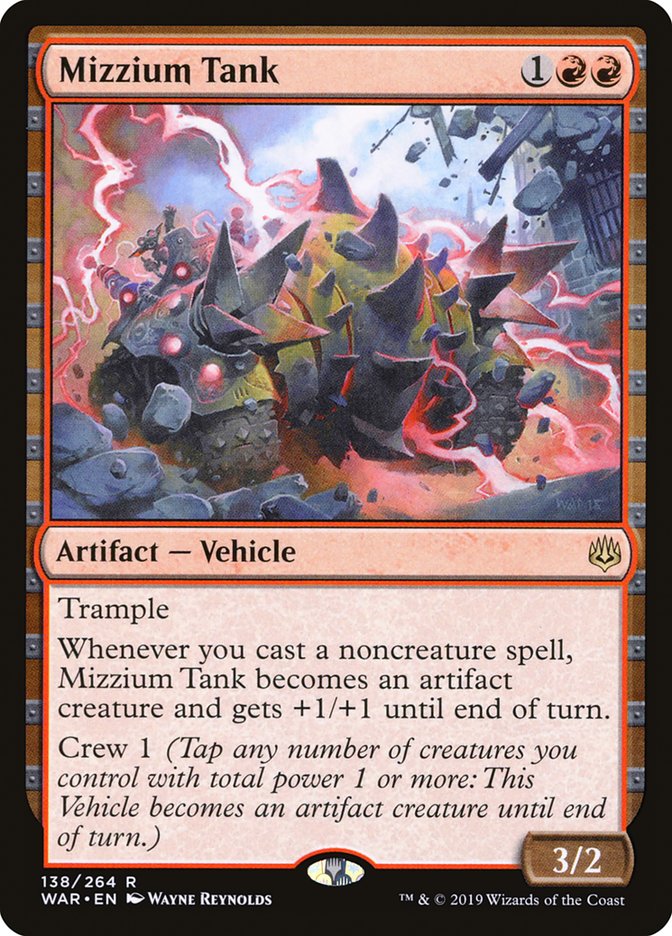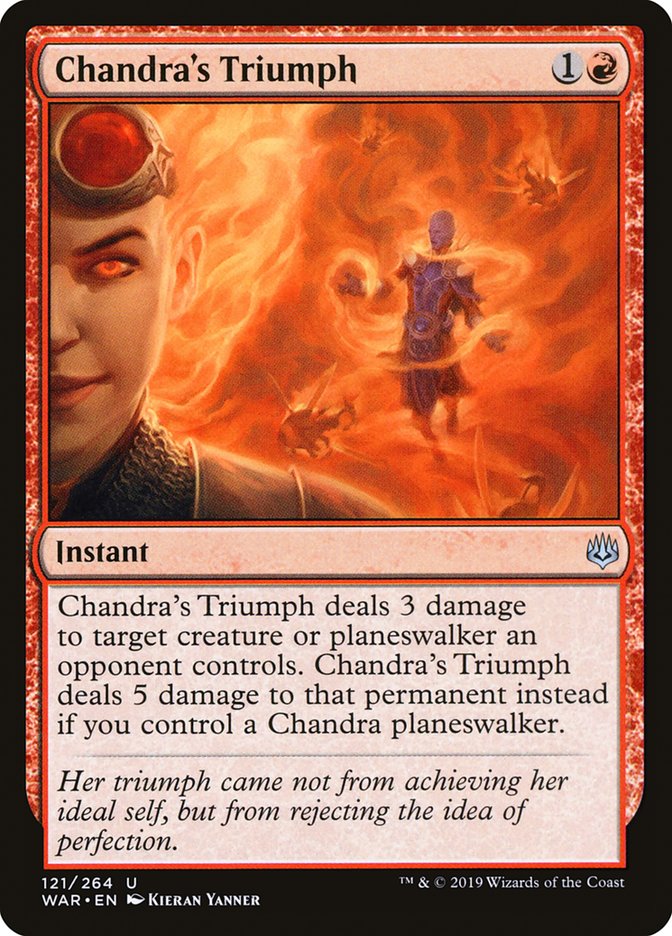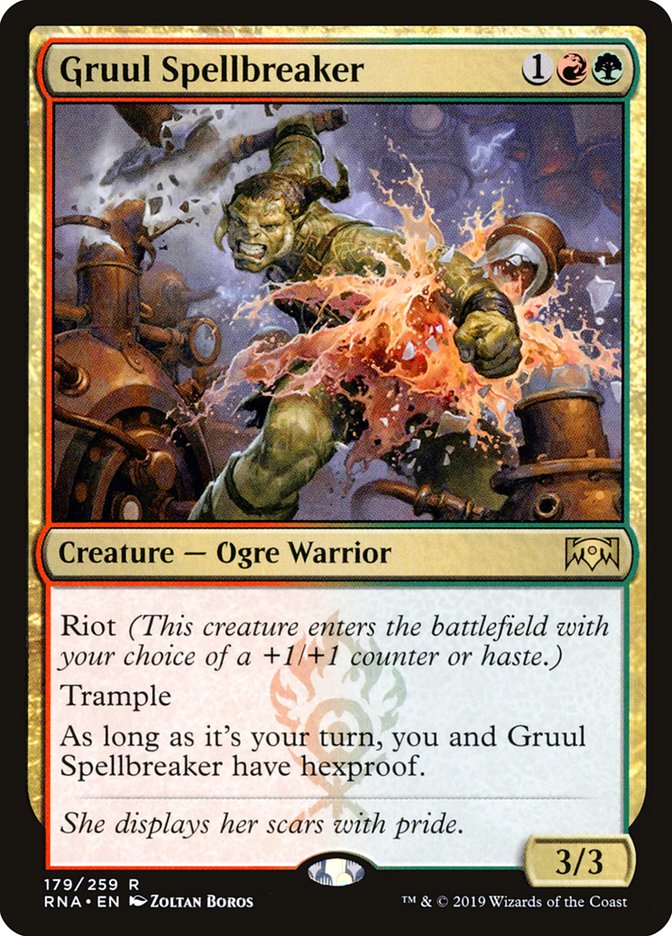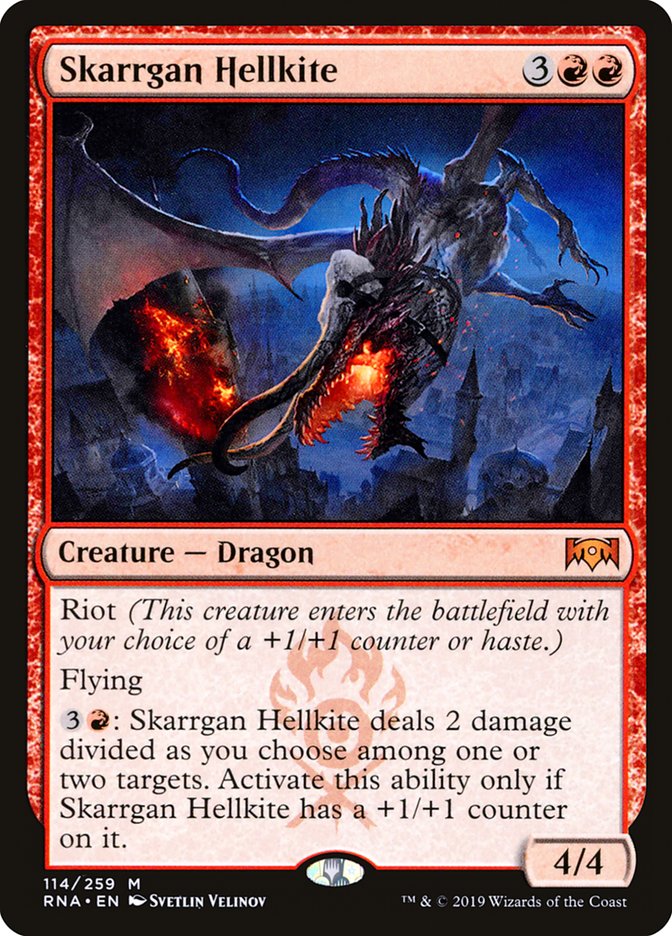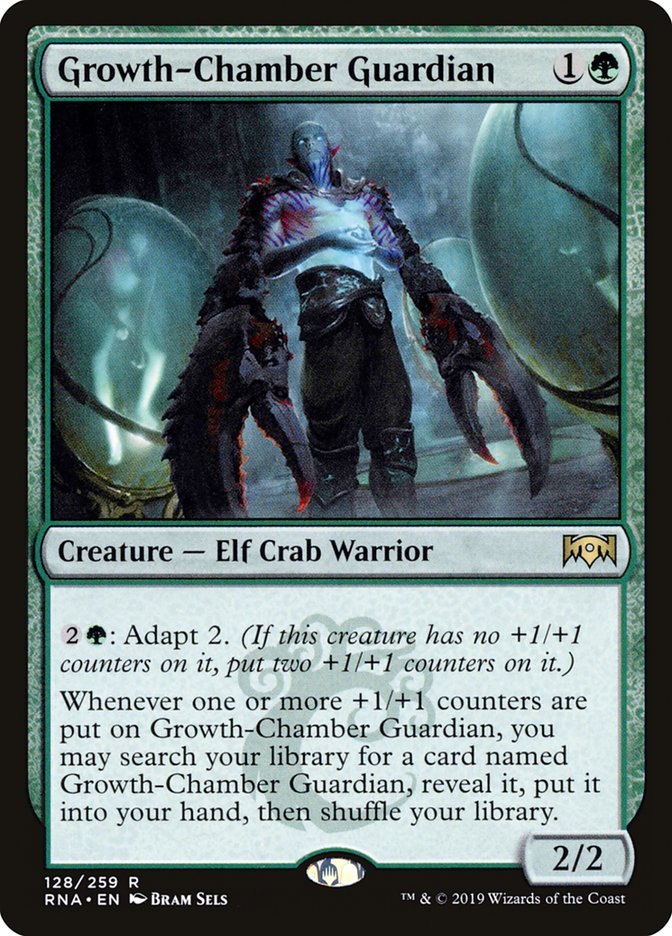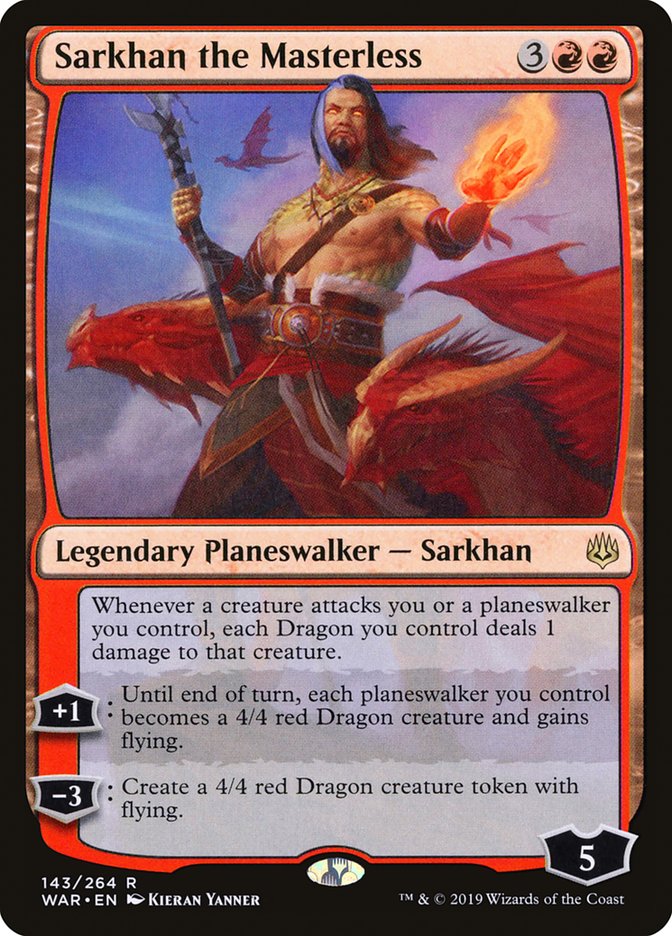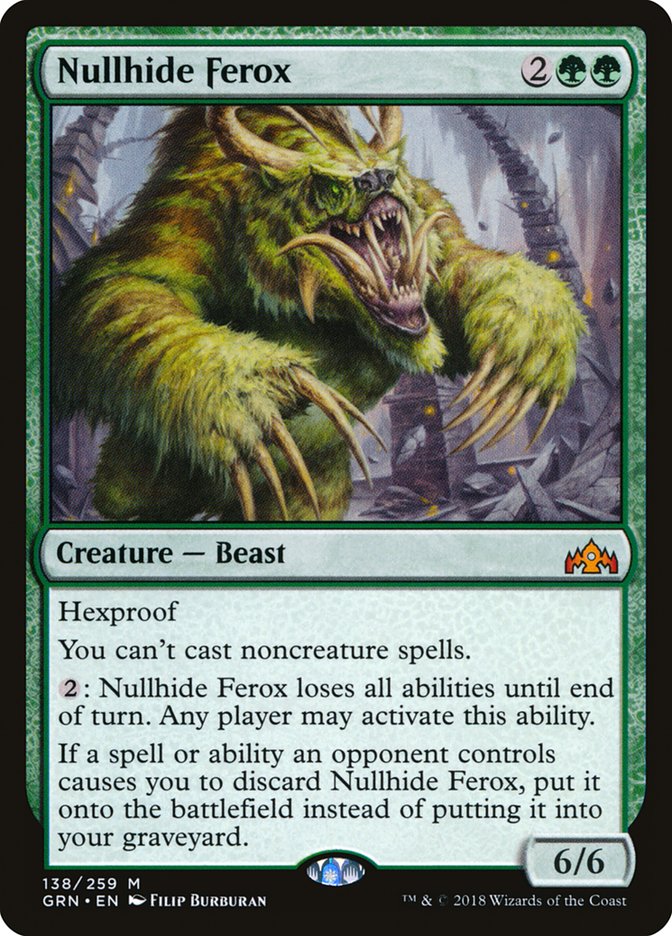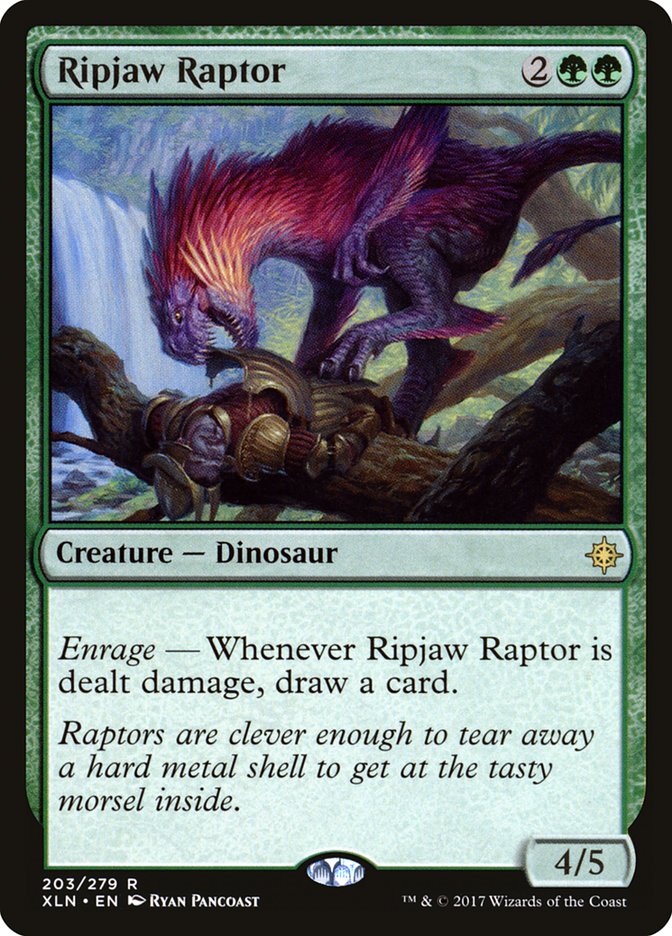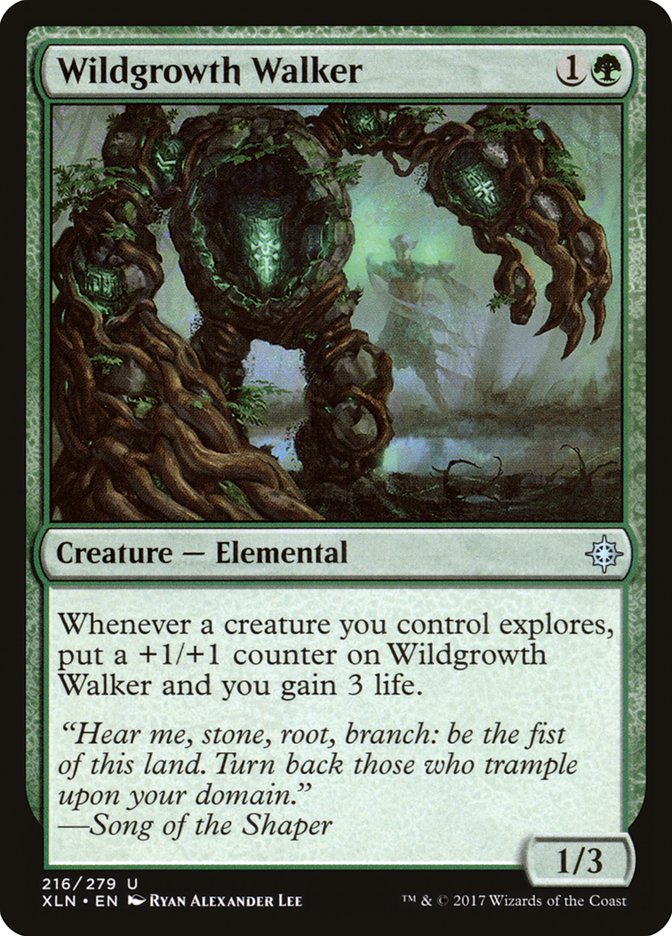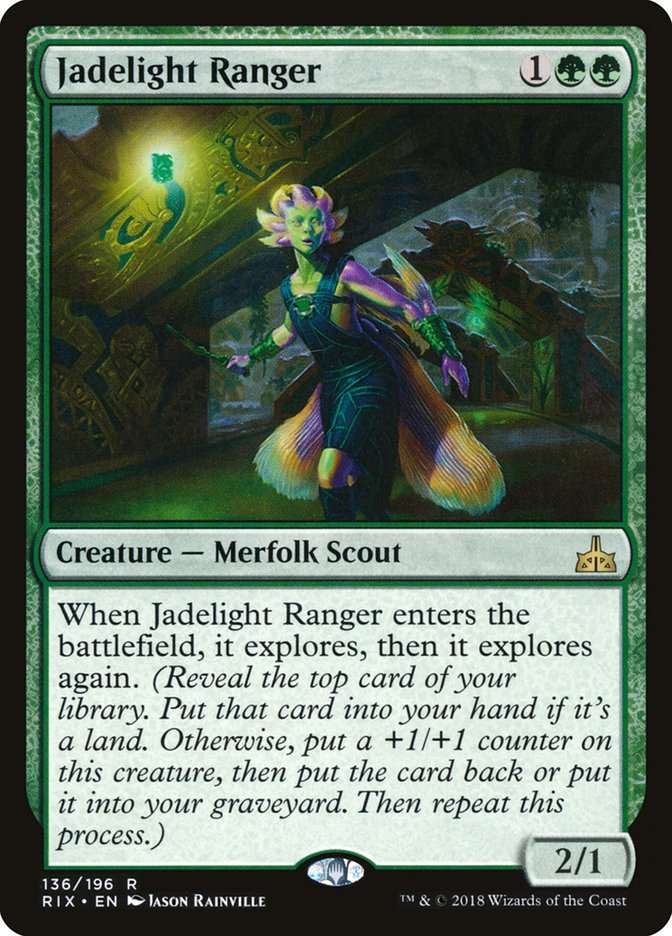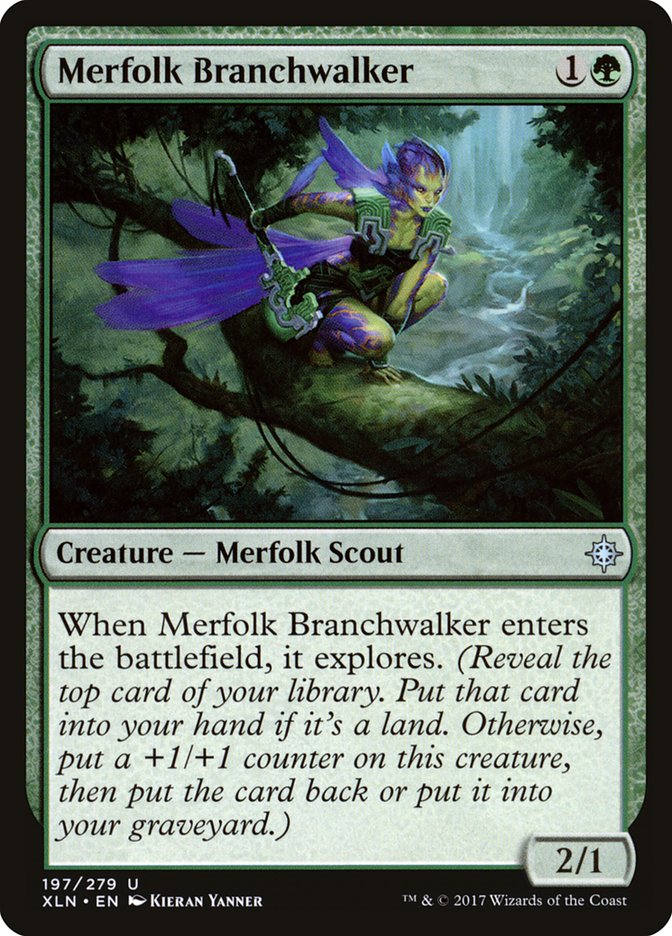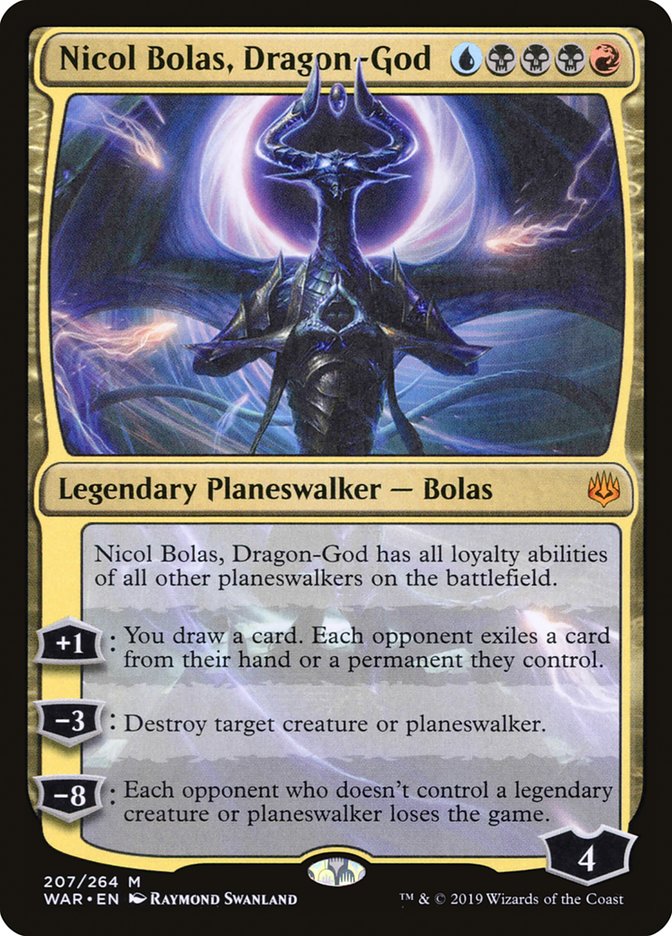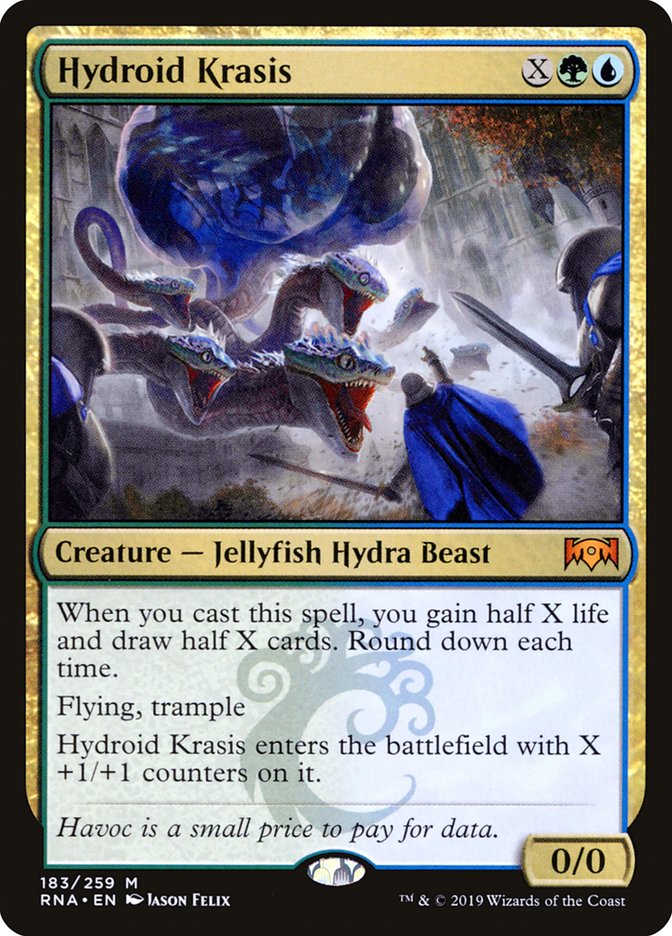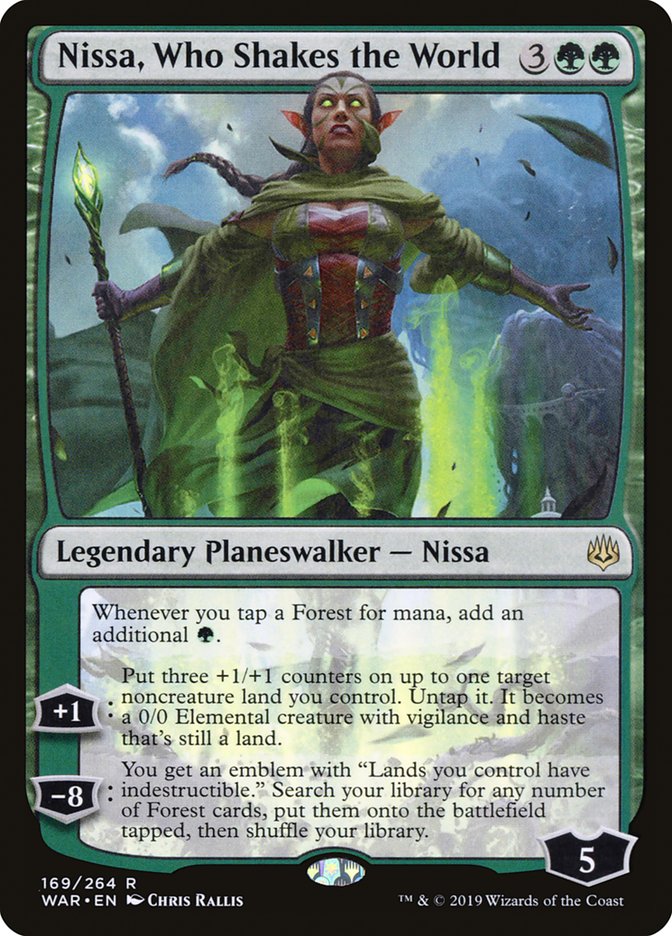Season One of the 2019 SCG Tour has been the first of hopefully many seasons in which I’ve attended and played every Open on the calendar, so seeing it come to an end with the Invitational at SCG CON Summer is oddly a bit of a sentimental experience. Week in and week out, juggling my time between college, preparing for tournaments, and writing for you right here on Select has been one of the most difficult yet most satisfying things I’ve ever done.
Of course, with the Season One Invitational in plain view on the horizon, it wouldn’t make any sense to start looking backwards right now. The dual-format extravaganza feels like a cumulative final of the SCG Tour, testing the mettle of players across both major Constructed formats to see who’s really done their homework. Now, rather than just picking one correct deck for a weekend and preparing, we’re tasked with twice the work across two vastly different formats.
Luckily for us players, Modern has been relatively stable even through some slight disruption from War of the Spark, so it shouldn’t take much to feel ready with the deck of your choosing. I suggest you respect Dredge in a way that isn’t totally soft to Blast Zone, but otherwise, nothing should really change from the way things went in Louisville. That’s one of the best things about Modern – short of a release like Modern Horizons, it’s never too hard to keep up with.
Standard, on the other hand, is an entirely different beast.
Two weekends ago in Louisville, I made Top 8 of the Standard Classic with the Jeskai Superfriends deck that Zan Syed and Abe Corrigan piloted to Top 8 of the Standard Open in Syracuse. Since then, the deck has gone from a powerhouse frontrunner to old hat in what has felt like the blink of an eye. This Standard format isn’t just one that’s deep and diverse; it’s rapidly evolving at a speed that I can’t recall seeing at any time in Standard’s history.
When things are moving as quickly as they seem to be, there is a huge advantage to be gained by those adapting swiftly and staying on top. Innovation and technology pop up seemingly out of nowhere, and if you’re one of the first to recognize it, you’ve got a big leg up on the competition.
This isn’t to say that you’re bound to fail if you show up playing an established archetype like Mono-Red Aggro or Superfriends, as both are still excellent choices for the tournament. What this really means is that if you’re going to show up with an established contender, you really need to be ahead of the curve in the way you’re building your deck. While showing up with the same archetype isn’t a recipe for failure, showing up with the same plans for the same dynamics you’ve seen before is.
Creatures (20)
- 4 Fanatical Firebrand
- 4 Ghitu Lavarunner
- 4 Goblin Chainwhirler
- 4 Viashino Pyromancer
- 4 Runaway Steam-Kin
Planeswalkers (2)
Lands (20)
- 20 Mountain
Spells (18)

Take a look at Harlan Firer’s deck from the Classic in Louisville a couple of weeks back. On the surface it looks stock, your classic “twenty lands, twenty creatures, twenty spells” Mono-Red deck, and it’s not until you look at the sideboard that things start to change.
At the Open in Syracuse, Harlan played a nearly carbon-copy maindeck to the one he played in Louisville, but following the dominance of Superfriends, he needed to adapt his sideboard as well. Mizzium Tank is a far more difficult threat for Jeskai Superfriends to answer than threats like Legion Warboss or Rekindling Phoenix, while also being a deployable threat which dodges Deafening Clarion. Chandra’s Triumph covers some of the lost ground in the Mono-Red mirror matches caused by the loss of Rekindling Phoenix and also helps answer opposing planeswalkers that were clearly on the rise.
If you want to win in this Standard format, you have to come prepared with not only an understanding of how your deck works, but also a plan for how you’re going to beat everyone else. That’s what really makes Standard so tough these days; the “everyone else” of the format just keeps getting larger and larger. Over the last week alone, we have seen the rise of different types of Gruul, Command the Dreadhorde, and Nissa, Who Shakes the World Ramp decks. If you count every version, you’re looking at a whopping seven new contenders.
To narrow it down a bit, I’m only going to talk about one version of each of these archetypes, and most of the differences from what I’ve found are only meant to hedge the deck towards specific matchups. For example, let’s look at Alex Majlaton’s Gruul deck from over the weekend.
Creatures (28)
- 4 Llanowar Elves
- 4 Rekindling Phoenix
- 4 Legion Warboss
- 4 Gruul Spellbreaker
- 4 Skarrgan Hellkite
- 4 Growth-Chamber Guardian
- 4 Paradise Druid
Planeswalkers (2)
Lands (23)
Spells (7)

This take on the traditional Gruul decks of the format is a classic and intuitive non-bo deck of nine planeswalkers and three copies of The Immortal Sun. As strange as that seems on the surface, it gives the deck the flexibility it needs to consistently outsize all its opponents.
At the heart of the operation, Gruul is looking to make its opponents cower in fear at the high power level of its threats. The problem with this strategy is that while its premium threats dominate the battlefield early, they tend to get outclassed over a long game by the value that planeswalkers generate.
By using The Immortal Sun, this build of Gruul finds a way to trump the Superfriends decks, and for everywhere else planeswalkers tend to shine, there’s enough room to be flexible with the card advantage package.
A detailed write-up of the deck can be found here on the Arena Decklists Podcast website, written by the apparent owner of the ideas and accomplished Magic Online Standard grinder Yoman5.
Other variations of the deck can range from being planeswalker-heavy and using Sarkhan to top the curve to being heavily focused on getting the most out of their mana with heavy hitters like Nullhide Ferox and Ripjaw Raptor.
Specifically, Nullhide Ferox was a bit of unknown technology that Team Lotus Box came up with over the week as a trump in the Gruul mirror matches with incidental value against the stray Basilica Bell-Haunt. The huge 6/6 statline is well-matched against the removal being played in Standard currently, often being either invulnerable or requiring lots of effort from the opponent for it to be removed from the battlefield.
Speaking of big, unbeatable battlefields, Jim Davis won the Fandom Legends tournament with his take on Command the Dreadhorde, which looked like this.
Creatures (17)
- 4 Wildgrowth Walker
- 4 Merfolk Branchwalker
- 4 Jadelight Ranger
- 1 Trostani Discordant
- 3 Paradise Druid
- 1 Massacre Girl
Planeswalkers (13)
- 1 Teferi, Hero of Dominaria
- 2 Vraska, Golgari Queen
- 4 Teferi, Time Raveler
- 2 Sorin, Vengeful Bloodlord
- 4 Tamiyo, Collector of Tales
Lands (26)
Spells (4)

Jim has become a bit of a champion of the archetype since before the SCG Open in Syracuse where he piloted the deck to a Top 32 finish, and his work has clearly paid off.
Other than Simic Nexus, it’s difficult to think of a deck that does more powerful things than the Command the Dreadhorde decks do. I played several Leagues with various builds of the deck to put it through its paces this week on Magic Online, and play patterns like “Command the Dreadhorde, go to one, trigger my Wildgrowth Walkers, I’m at 31″ were far from uncommon.
Possibly the best things to come from Ixalan, the three explore creatures do some heavy lifting in the deck by gaining life, pressuring planeswalkers, and fueling the graveyard for large Command the Dreadhordes that swing the game in your favor. Playing this deck is almost like playing the old Sultai Midrange decks of last format, except rather than Find // Finality and Hydroid Krasis pulling you a little ahead each time, Command the Dreadhorde does it all at once.
Unfortunately, these cards being the backbone of the deck is a bit of a double-edged sword, as things like Tocatli Honor Guard or even the trusty Silent Gravestone can really take the wind out of your sails. Your mana can be painful and clunky at times, but when the deck operates it feels unbeatable, especially against decks playing fair.
Other builds of the deck range from over-the-top stretches of the manabase for cards like Nicol Bolas, Dragon-God to pure Sultai decks like the one Gerry wrote about last Friday. I value consistency a lot, and I think that Gerry’s Sultai Dreadhorde deck is a fantastic place to start if you want to play the archetype this weekend. I still expect Mono-Red to be heavily represented, and you don’t want to be caught with a manabase that doesn’t work against that.
Of course, if reanimating a battlefield sounds like work, you can always try to steal one instead.
Creatures (23)
- 4 Llanowar Elves
- 2 Jadelight Ranger
- 1 Lyra Dawnbringer
- 2 Shalai, Voice of Plenty
- 4 Hydroid Krasis
- 1 Frilled Mystic
- 4 Incubation Druid
- 4 Paradise Druid
- 1 Tolsimir, Friend to Wolves
Planeswalkers (7)
Lands (26)
Spells (4)

Shahar Shenhar and Martin Juza both took Bant adaptations of the popular Simic Mass Manipulation deck to Top 8 finishes at the same Fandom Legends event we talked about before.
An archetype almost solely powered by the strength of Nissa’s passive ability, this newcomer is still finding its way out of its shell, in this case by splashing white to help some of its worst matchups. While I believe most of the Nissa decks are unpolished, they’re certainly powerful and I’m sure we’ll be seeing them for quite some time in Standard.
While talking to Zach Kiihne about Standard last week, he brought up that basically the whole deck other than Nissa always looked like it was rough around the edges, and yet the decks kept winning. If that’s not the sign of a powerful, format-defining card, I’m not sure what exactly is. As far as decks for the Invitational go, this one is highly customizable but highly volatile and most players I know who have experience playing against these decks say it is extremely fragile, so I’d advise staying away this weekend unless you’re very confident.
These additions to Standard might be a lot to take in, but this article doesn’t even really include old format staples with fresh improvements like GP Kansas City champion Ben Friedman’s Esper Superheroes deck.
Creatures (8)
Planeswalkers (12)
- 4 Teferi, Hero of Dominaria
- 1 Liliana, Dreadhorde General
- 4 Teferi, Time Raveler
- 3 Narset, Parter of Veils
Lands (26)
Spells (14)

Here are a sideboard guide for the top 5 decks. If you need to know any other matchup. Reply here and I'll try to respond 🙂 pic.twitter.com/e69lVTueD6
— Martin Müller (@Mullermtg) May 27, 2019
Ben’s deck is only two cards different from the Esper deck Martin Muller took for a very deep run in the Magic Arena MCQ a couple of weeks ago. You can read a lot more from the champ himself right here, so I won’t spend too much time going into the specifics of the deck, but I’ll definitely give my opinions.
Shooting from the hip, this is probably the best deck for this weekend. It’s a fantastic hybrid of the best elements of Esper Midrange and Esper Superfriends, meaning it’s robust enough to handle some hate. As much as I believe the Standard format is quick to evolve, I think a short week before the Invitational will have many players on the safe side rather than trying to go for broke in the actual event. Even if the deck is now a known quantity, it’s hard to say it can go from Esper Hero to Esper Zero by Friday morning.
Hopefully I’m surprised, though. The field of the Invitational is probably one of the toughest you get to face short of the Mythic Championship as your average Magic player. It’s totally feasible to think that we might see some amazing stuff break out at the Invitational, and I know I’ll have my eyes glued to the event even if I miss Day 2 to keep up with everything going on. The Invitational is just something exciting like that – Magic careers are made, stars are born, and formats are flipped on their heads at Invitationals.
If you’re there, make sure you’ve got your balance or you’re the one doing the flipping. The players on their heads don’t tend to last very long.


